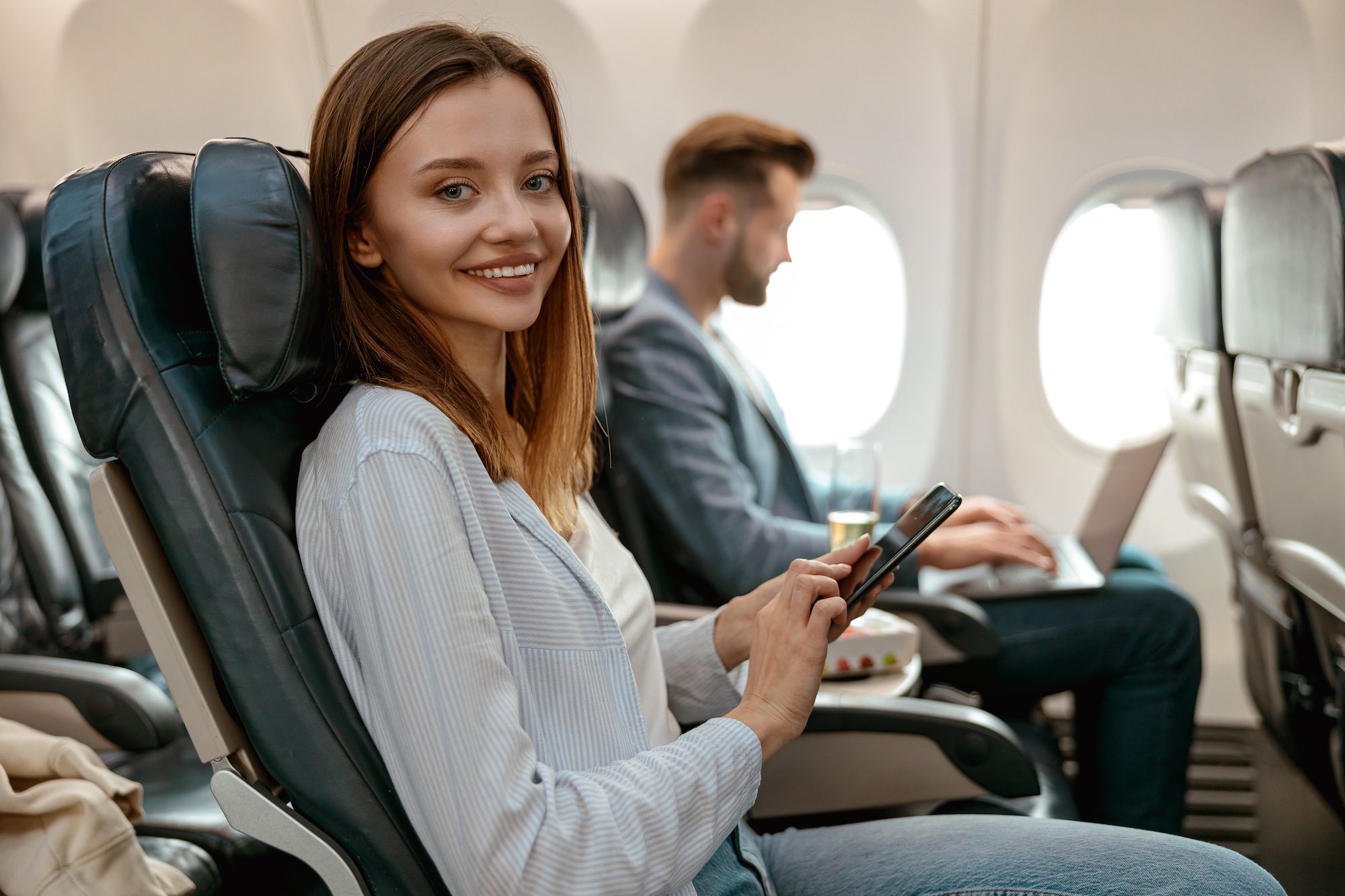The world of travel is constantly changing and airlines are always looking for innovative ways to increase customer loyalty and attract new passengers. One such innovation is multi-level referral programs, which have the potential to fundamentally change the way airlines run their loyalty programs.
The old era of airline loyalty programs
Traditional airline loyalty programs offer rewards based on the number of flights or miles flown. While these programs have their value, they also face challenges. They are often complicated and lack transparency, leading to customer frustration. In addition, they primarily reward frequent flyers, while occasional travelers are often neglected.
The rise of multi-level referral programs
This is where multi-level referral programs come into play. Imagine if you could not only receive a bonus in euros for your own flights, but also for the flights of friends and family you referred to the airline. And what if those friends and family in turn received a bonus in euros when they referred more passengers? That's the basic idea behind multi-level referral programs.
In these programs, members can receive a bonus in euros, not only from their own flights, but also from the flights of the people they have referred to participate in the program. And if these people in turn refer others, they can also be rewarded for this. In this way, a network of rewards and incentives is created that goes beyond the individual relationship between the airline and the passenger.
The advantages of multi-level referral programs
Multi-level referral programs offer several advantages. They increase customer loyalty by building a community of loyal customers who are incentivized to promote the brand. They allow airlines to expand their customer base by leveraging the reach of their customers. And they create a transparent and easy-to-understand structure that gives customers a clear incentive to participate in and promote the program.
In addition, multi-level referral programs are also a powerful tool for international scaling. They allow airlines to expand their loyalty programs across countries by leveraging their customers' networks and relationships. This opens up new markets and target groups that would otherwise be difficult to reach.
Multi-level programs also allow the integration of several airlines. This means that customers can be rewarded for flying with different airlines, making the program more attractive and appealing to a wider range of customers.
The role of technology providers
It's important to emphasize that implementing multi-level referral programs doesn't necessarily mean airlines have to completely restructure or rebrand their existing loyalty programs. Instead, they can use technology solutions like Crossworx to enhance and improve their existing programs.
Crossworx provides a platform that enables airlines to easily and effectively implement multi-level referral programs. With this technology, airlines can enhance their existing programs without the need for a major overhaul or redesign.
Conclusion
Airline loyalty programs are an important part of many airlines' customer retention strategy. Multi-level referral programs offer an innovative way to expand and enhance these programs. They have the potential to fundamentally change the way airlines interact with their customers and create new opportunities for growth and success.
With the support of technology providers like Crossworx, airlines can expand their loyalty programs in ways that broaden their customer base, increase customer loyalty and open up new opportunities for international scaling and collaboration. It's an exciting time for the airline industry, and multi-level referral programs are at the forefront of this evolution.


